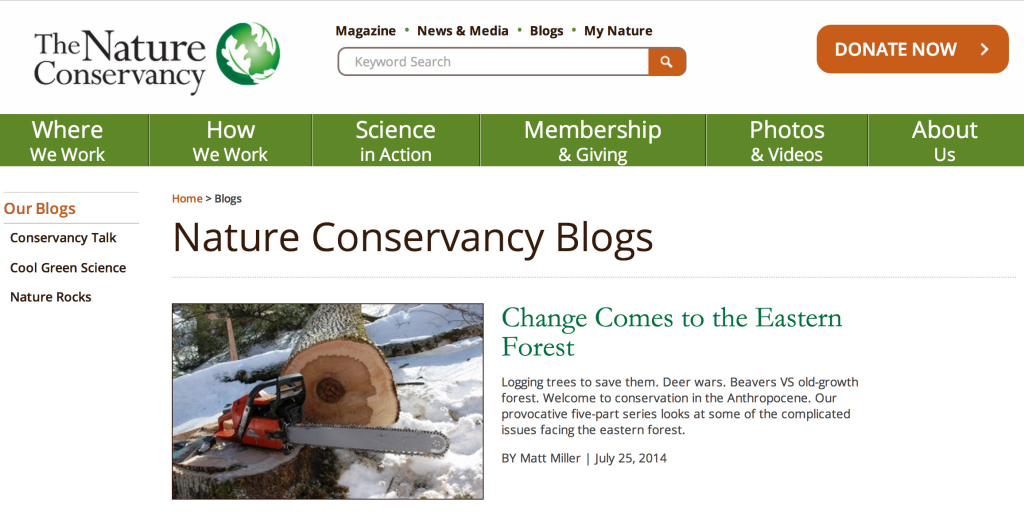Following the IUCN World Parks Congress from the opposite side of the world poses some challenges. I look at the program, get excited about my favorite topics and the option of live streaming and even the option of Google Hangout and then realize that even though it’s 10:59 am my time, it’s 4:59 am at the Congress in Sydney, Australia. Hmm, how do I find a way to still feel like I am participating in the Congress? And what about all the side sessions, where the real discussions and the heated debates happen? Do I miss out on those too?
So I look at my options: Twitter, Instagram, Facebook, Flickr, YouTube.. That’s an overwhelming list of outlets – especially when you don’t have an account with any. YouTube seems like the obvious choice considering that the Congress consists of a lot of talking and pictures of people talking probably won’t tell me much about the content – as a fellow blogger has already implied regarding Instagram. The YouTube page is fairly straightforward, with a video for each key speaker as well as daily highlights and some promotional ads. But I still feel like I am missing out on the gritty details and discussions, where the real ideas surface and progress is made. I can comment on the YouTube page but no one else has so that seems like a dead end since connecting with other opinionated conservationists is my goal.
With a few videos now digested about recognizing indigenous voices and traditional knowledge, I head over to Google+ to see if there are any sort of discussion forums and click Google Hangout under one stream topic, but basically nothing happens – probably because it’s around 5:00 am over there. Am I missing out on everyone’s thoughts and ideas because I have no Twitter, Instagram, or Facebook account? And if that’s the case, what about low-income stakeholders of these protected area issues who don’t even have access to a computer or the internet?! I decide to return to square one: worldparkscongress.org.
I’m in the “Respecting Indigenous and Traditional Knowledge and Culture” Stream Session and see a “Join the Conversation” option. Click. I get a page long summary of Sydney’s Promise and then a comment box. But there are no other posted comments. I backtrack to the top of the home page and go to “Get Involved” and then, literally, “How can I be a part of the Congress”. They suggest attending the actual congress, creating an event, or following social media. I’m about to give up when I happen upon the Panorama section of the website, where people have been sharing solutions and ideas and I can add my own as well. FINALLY! I found something. But, you have to navigate through 5 different pages to get to it: Home page > Promise of Sydney: Have your say > Solutions > www.panorama.solutions > Explore Solutions.
But why did take me so long to find a means of participating? I spent much more time and effort than the average person to navigate the social media and website and still am not entirely sure I found a way to participate, share, or at least hear from others. It seems there may be too many media outlets. In order to streamline this, it would have been helpful to funnel each social media site back to the website, where you don’t need an account to comment and all comments can merge and be seen together, rather than spread out among Twitter, Facebook, Google + and Instagram. Speaking for those of us who don’t have the plane ticket to get to Sydney, can we please have a central media outlet or forum for discussion?!


